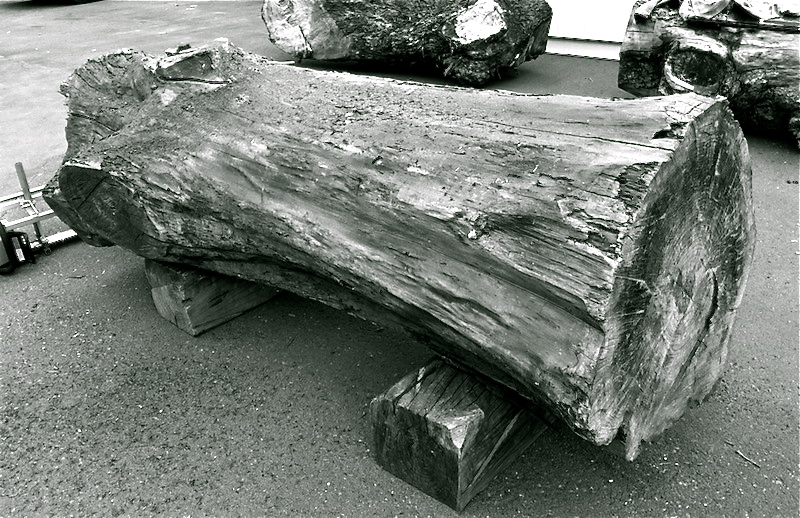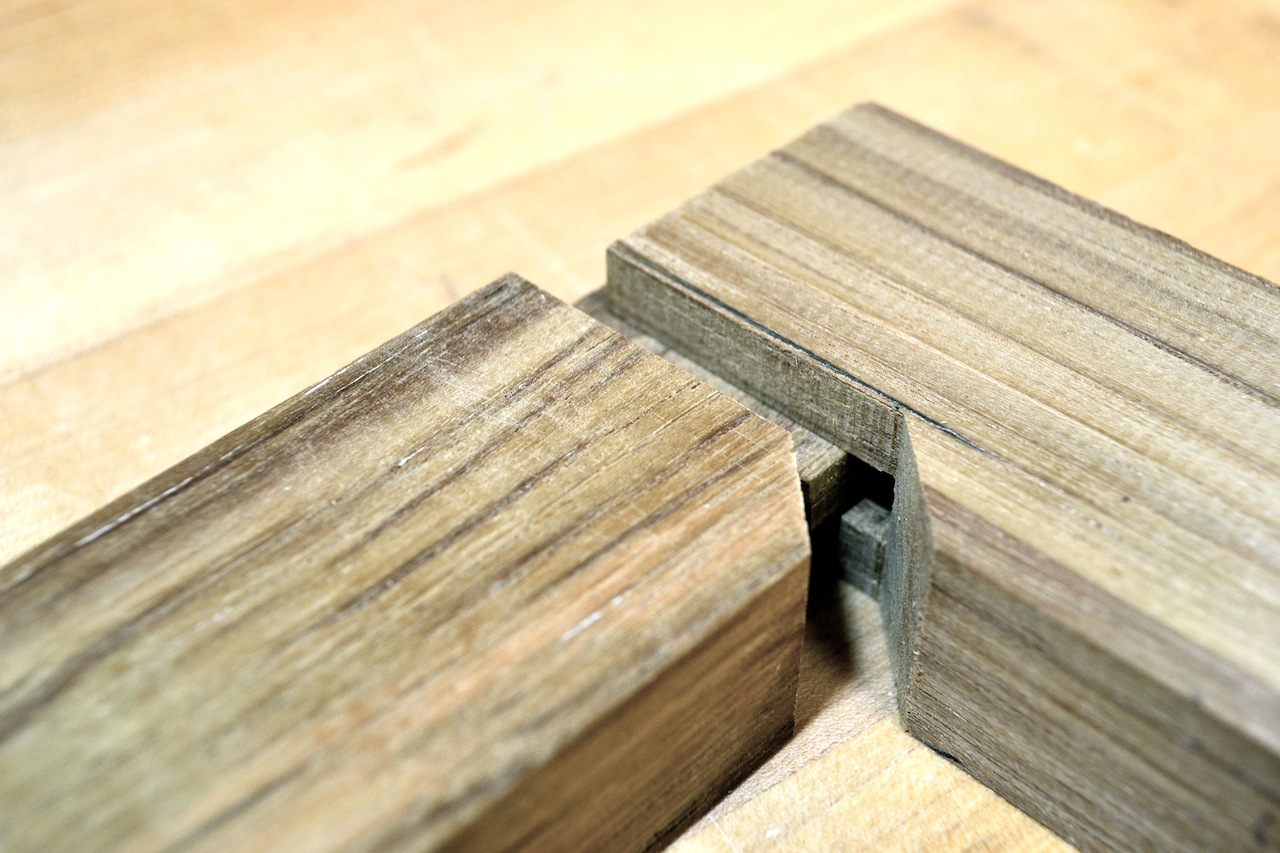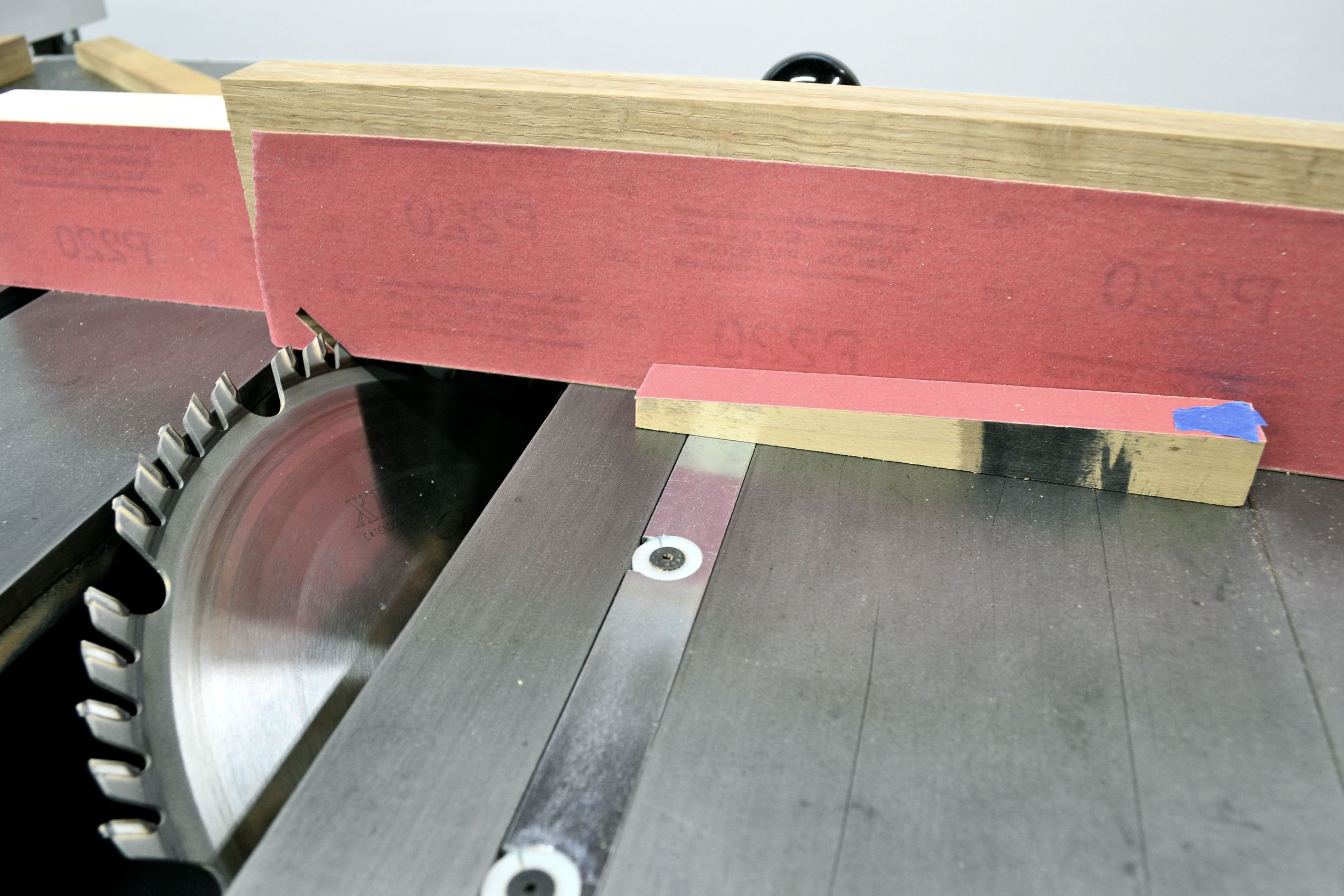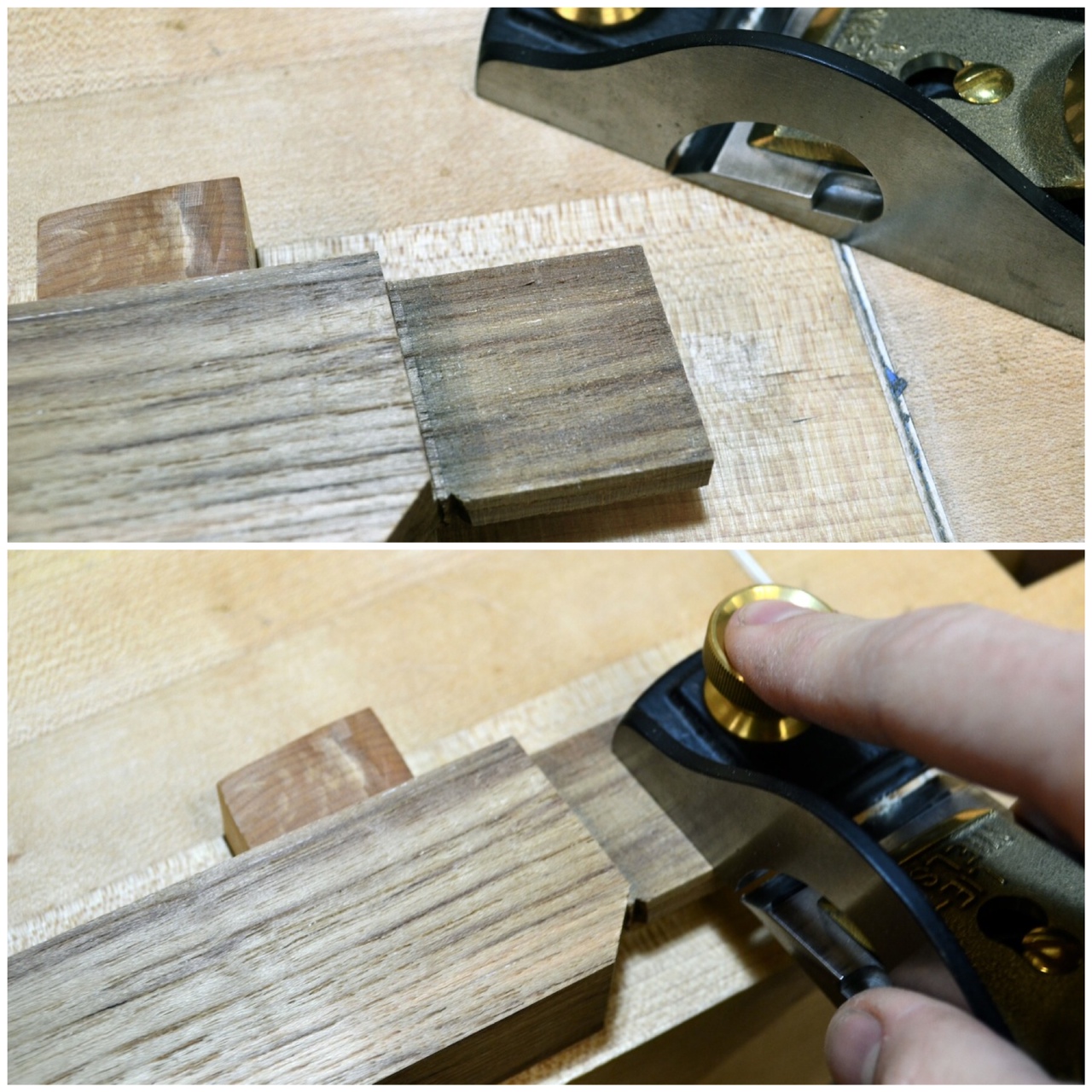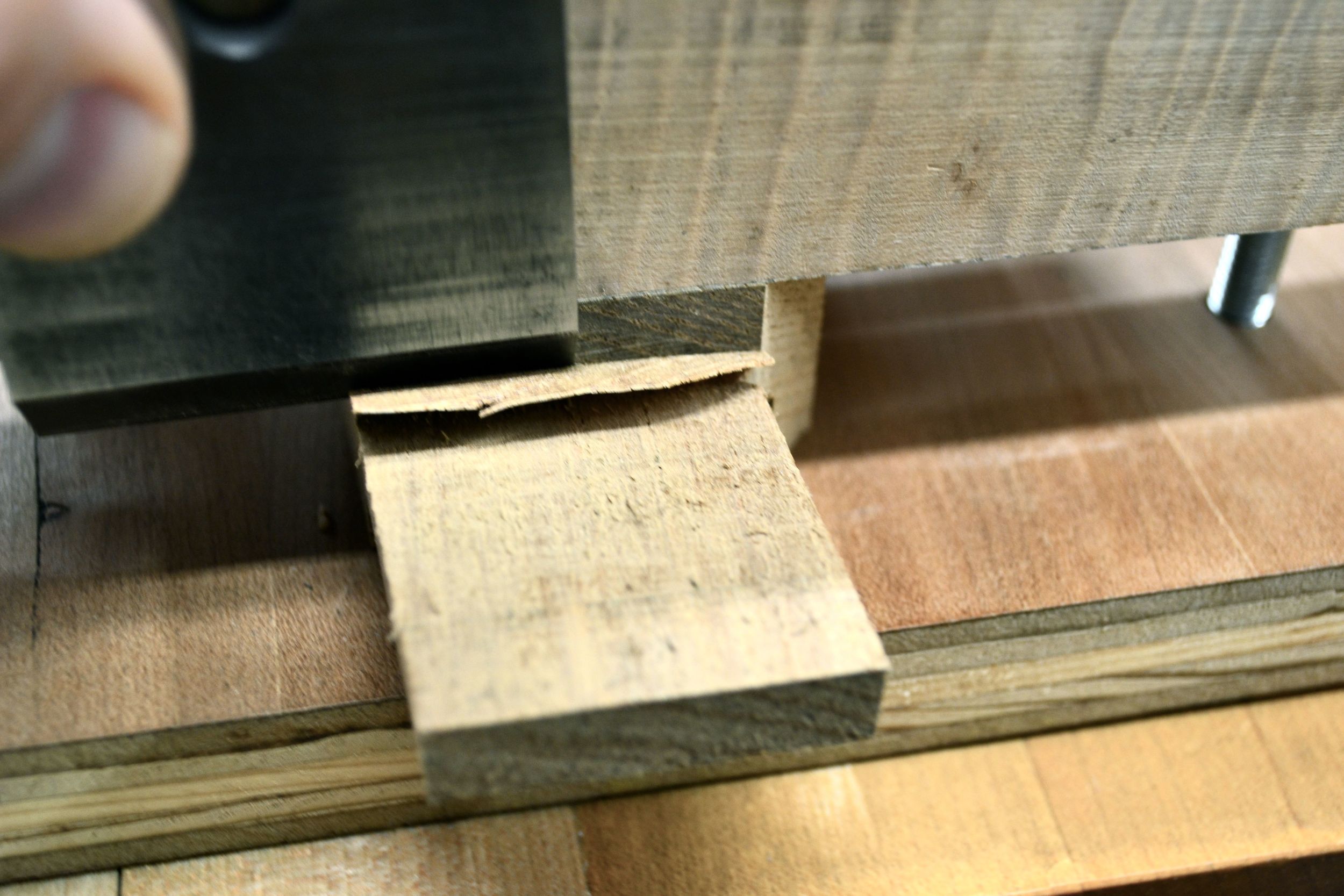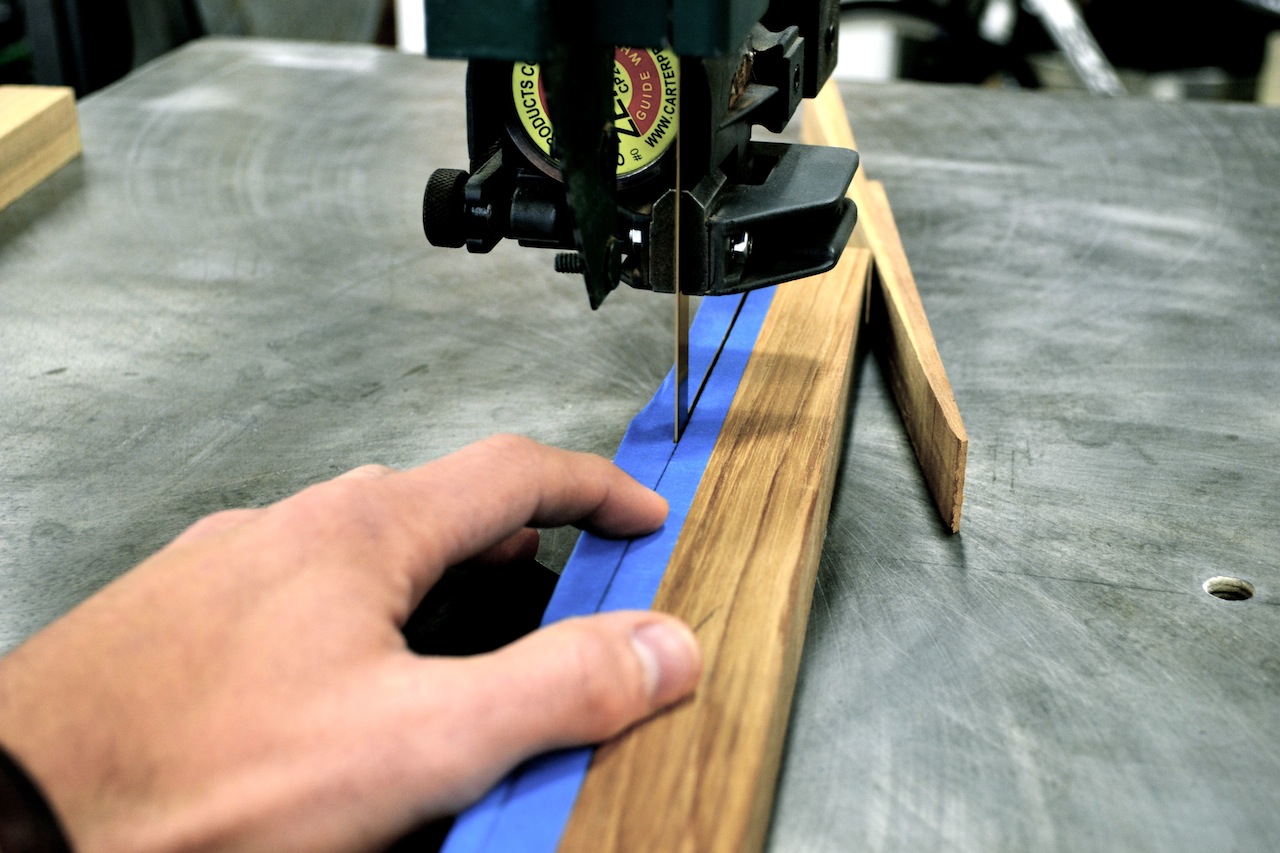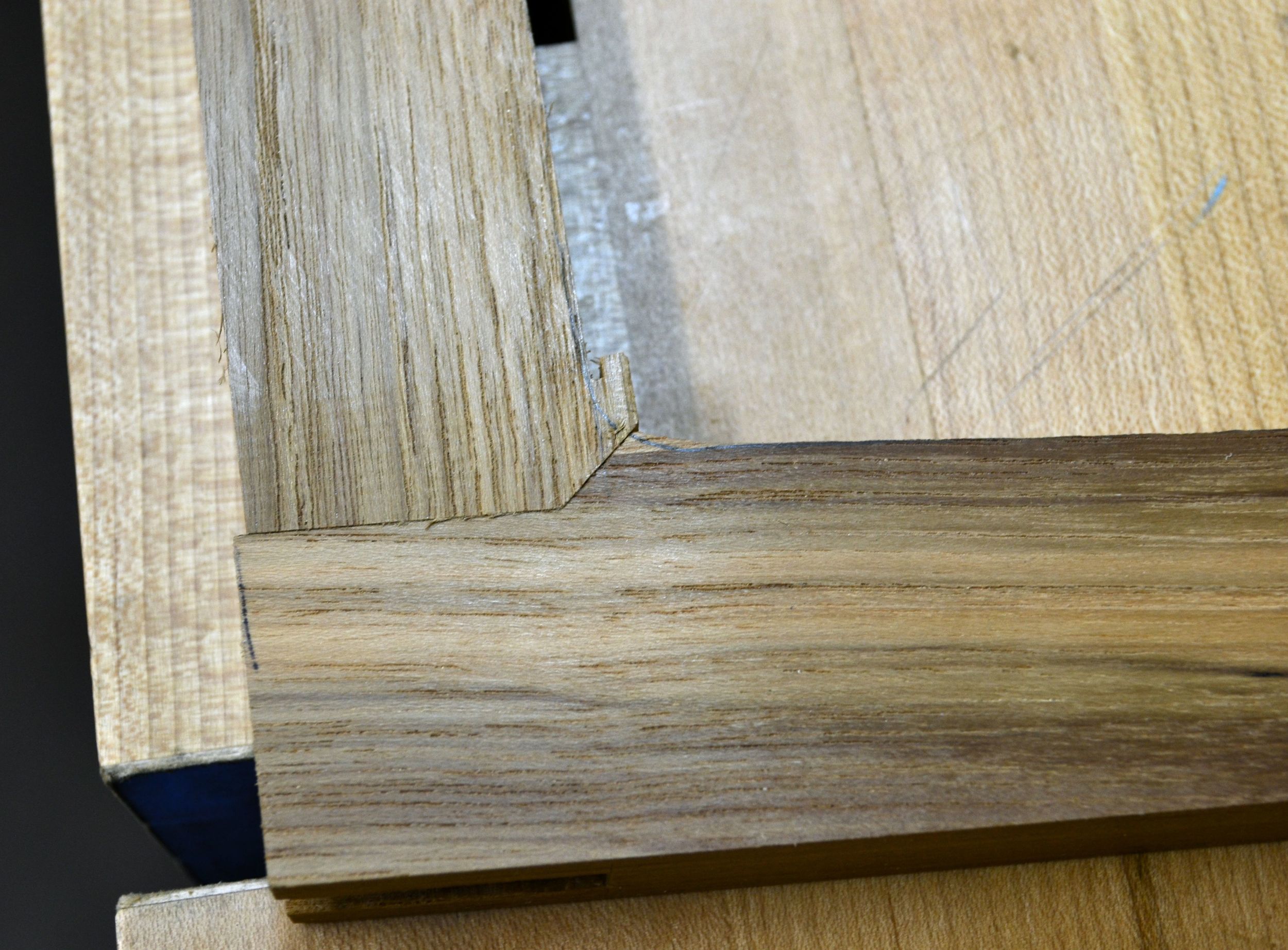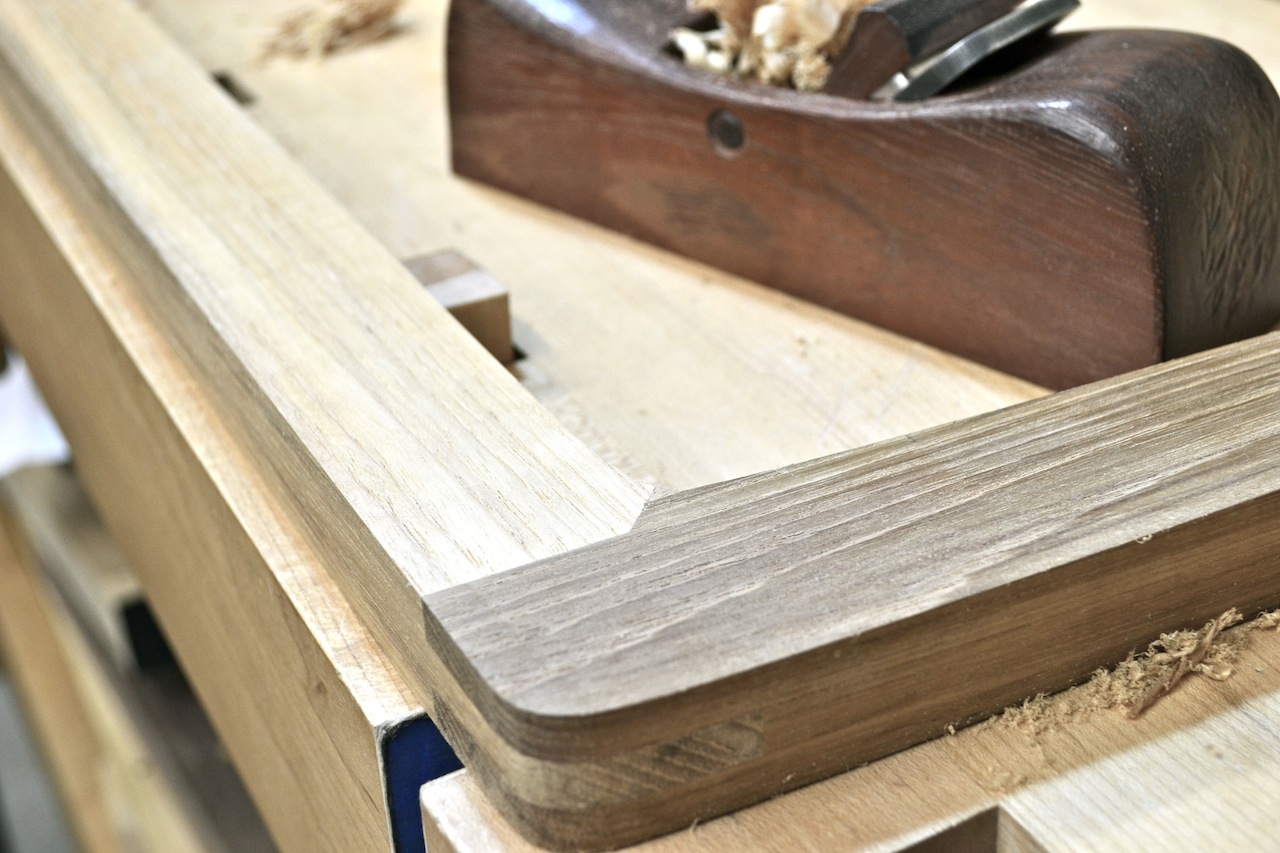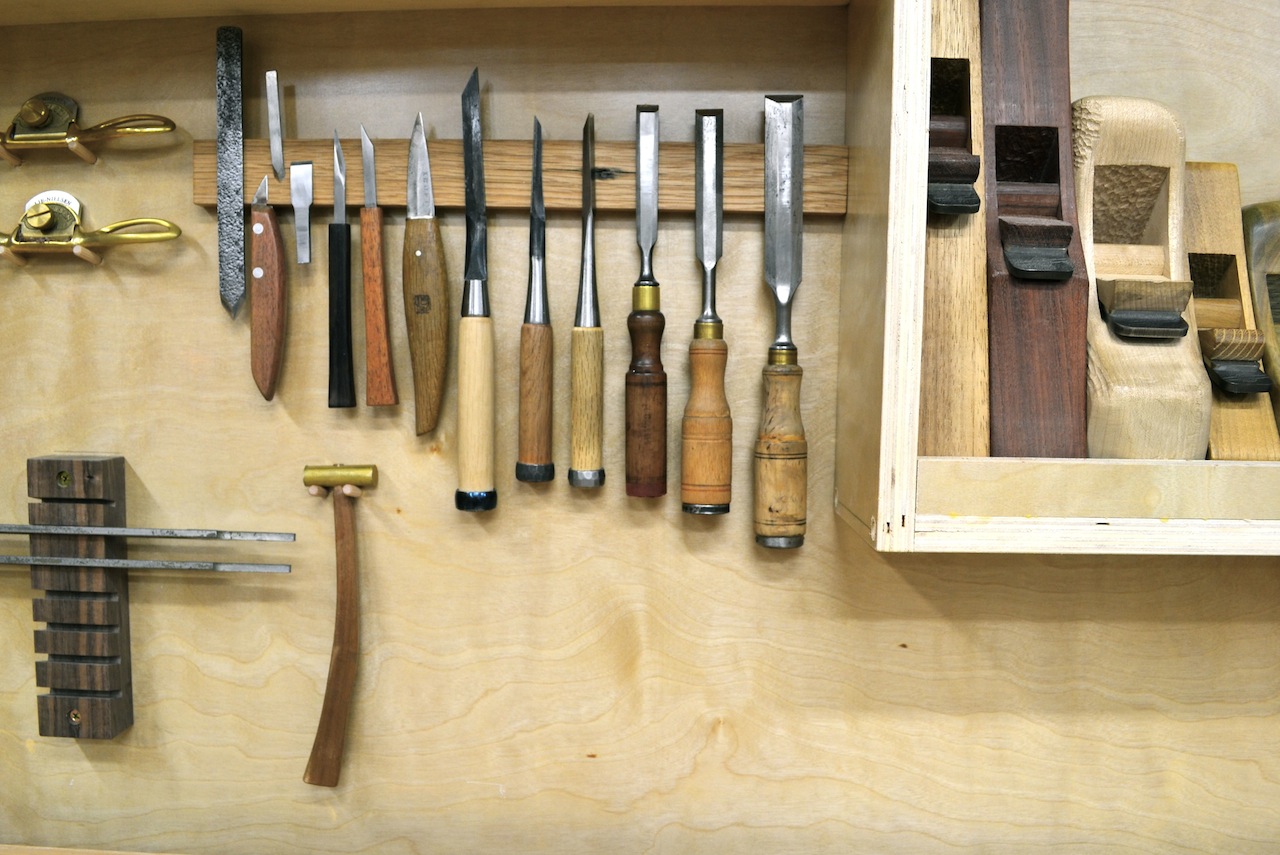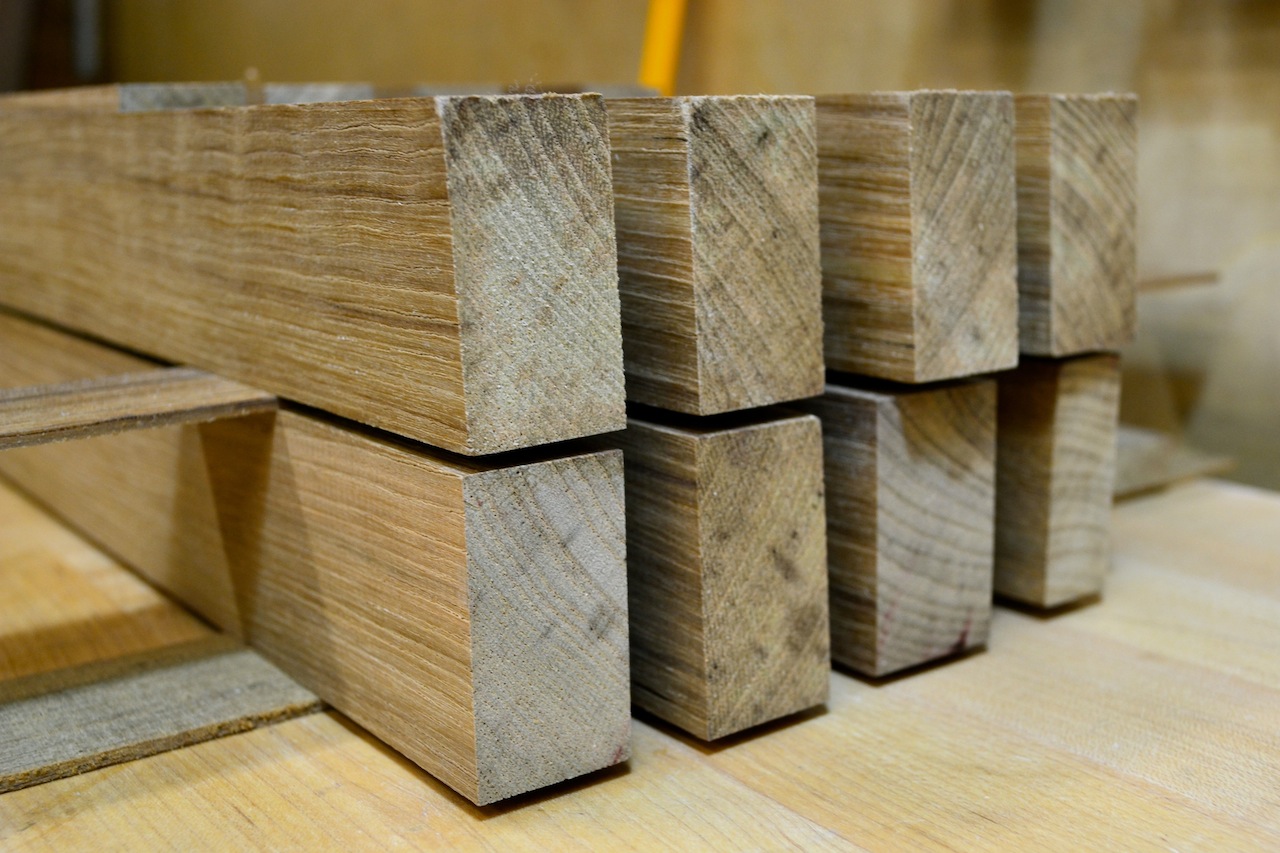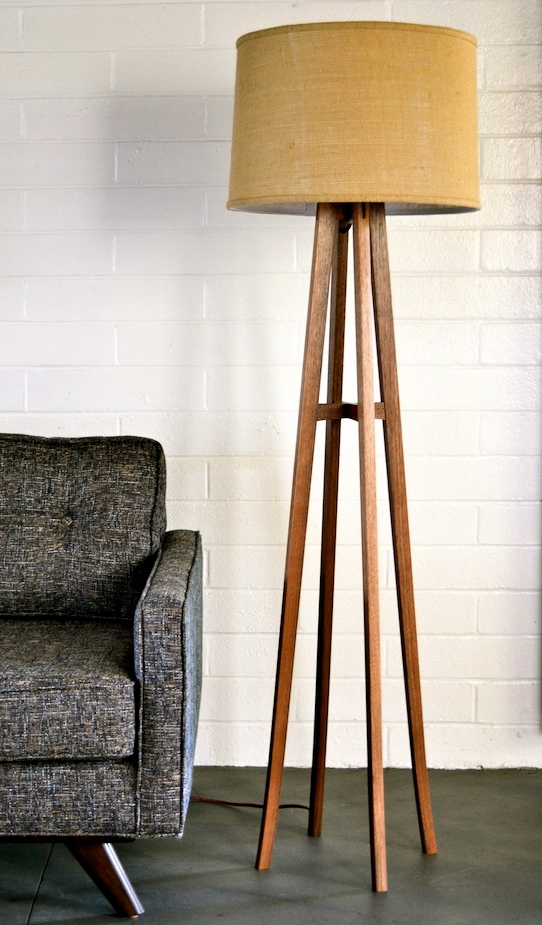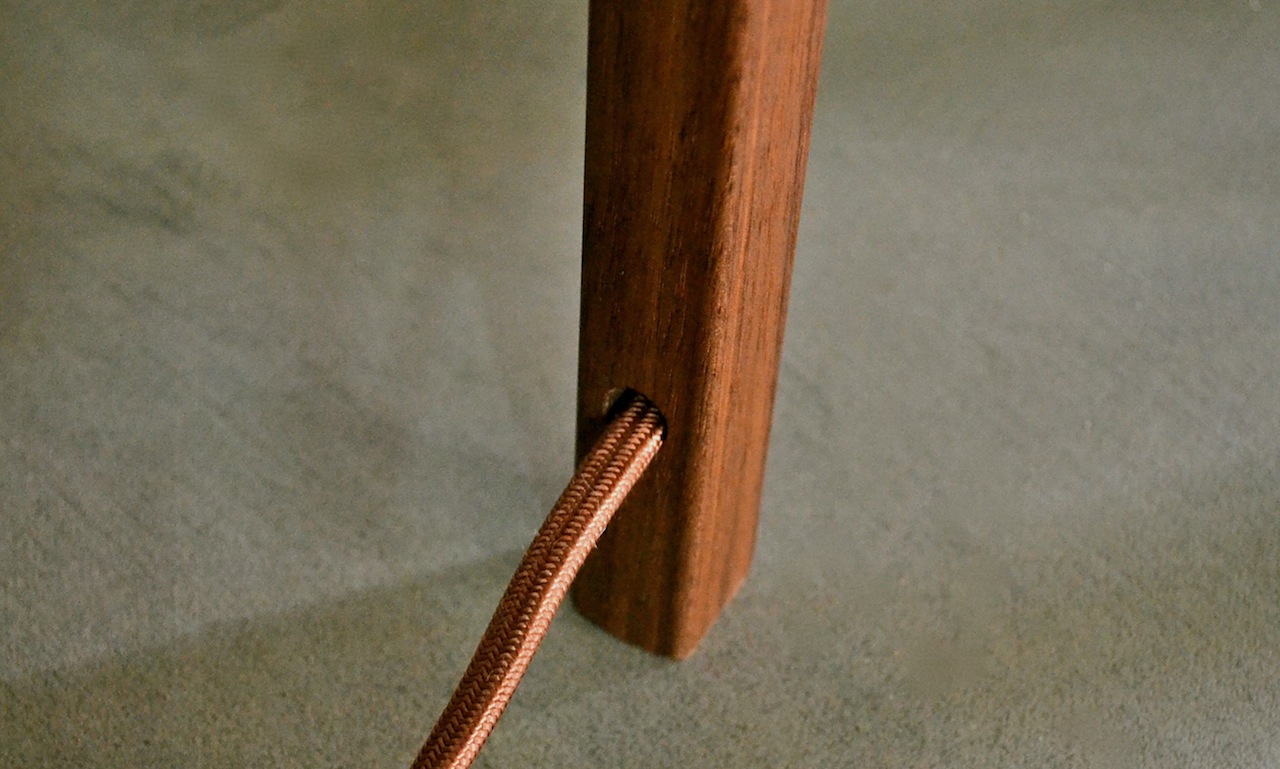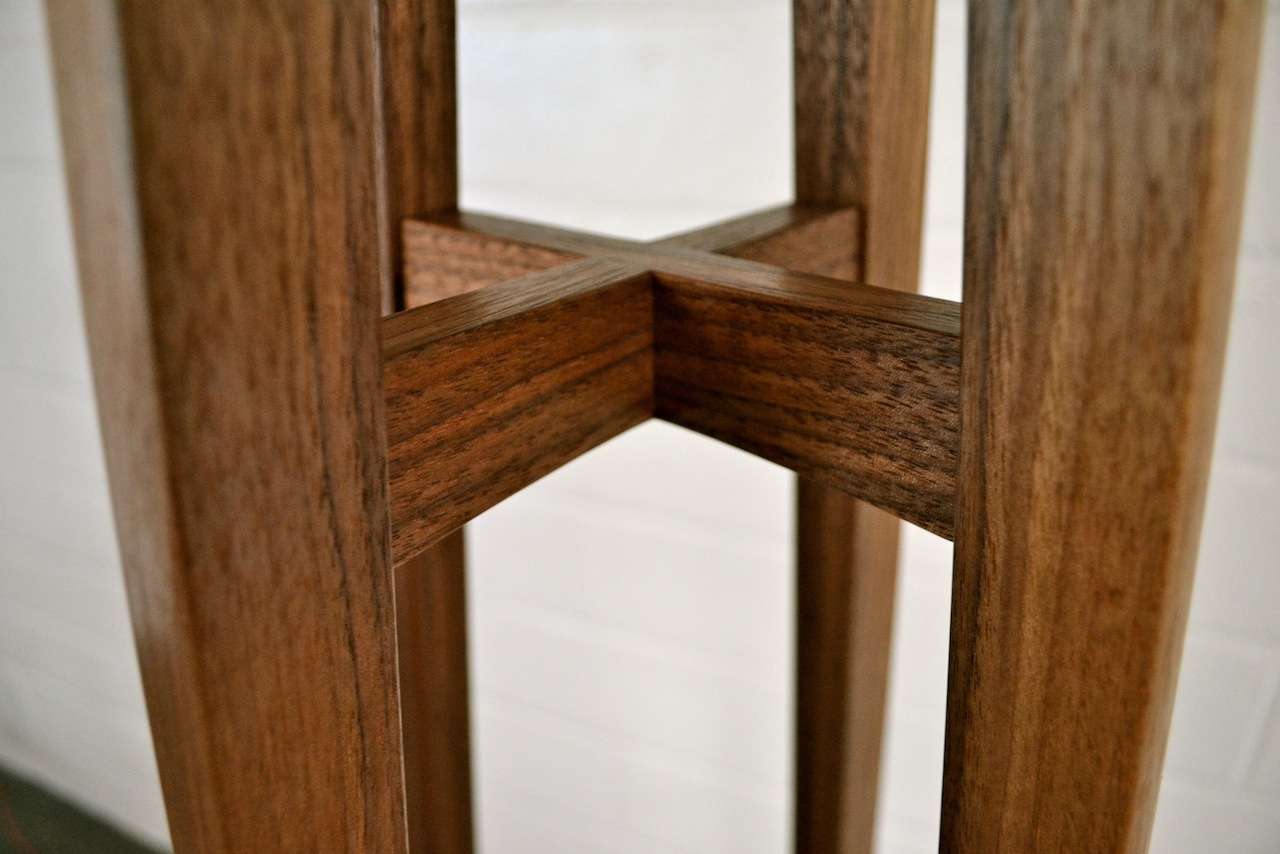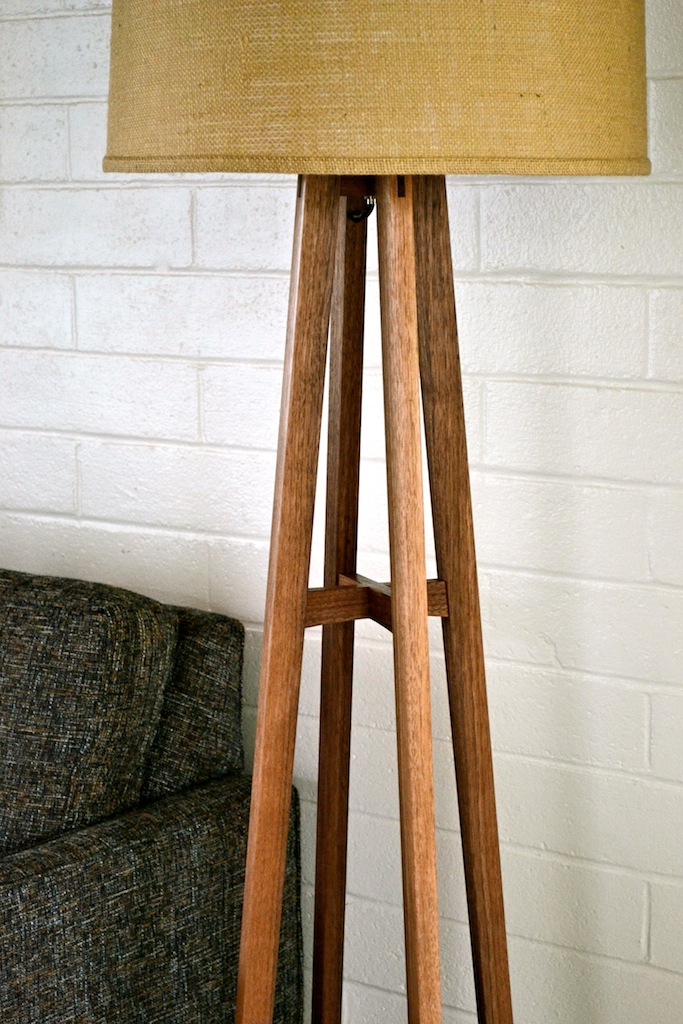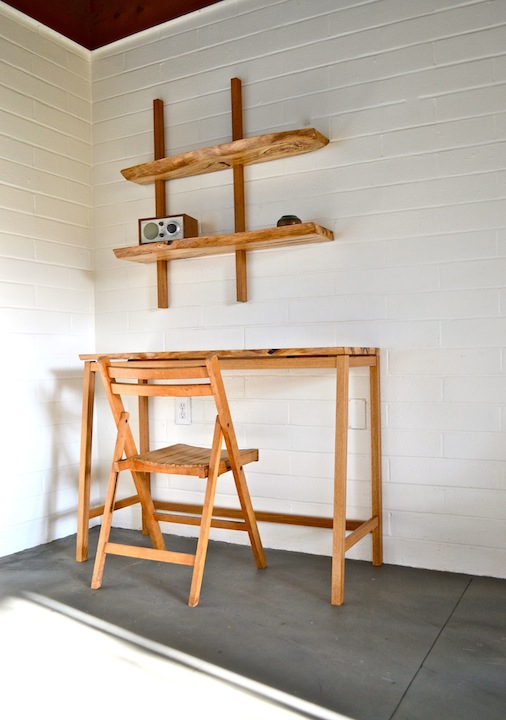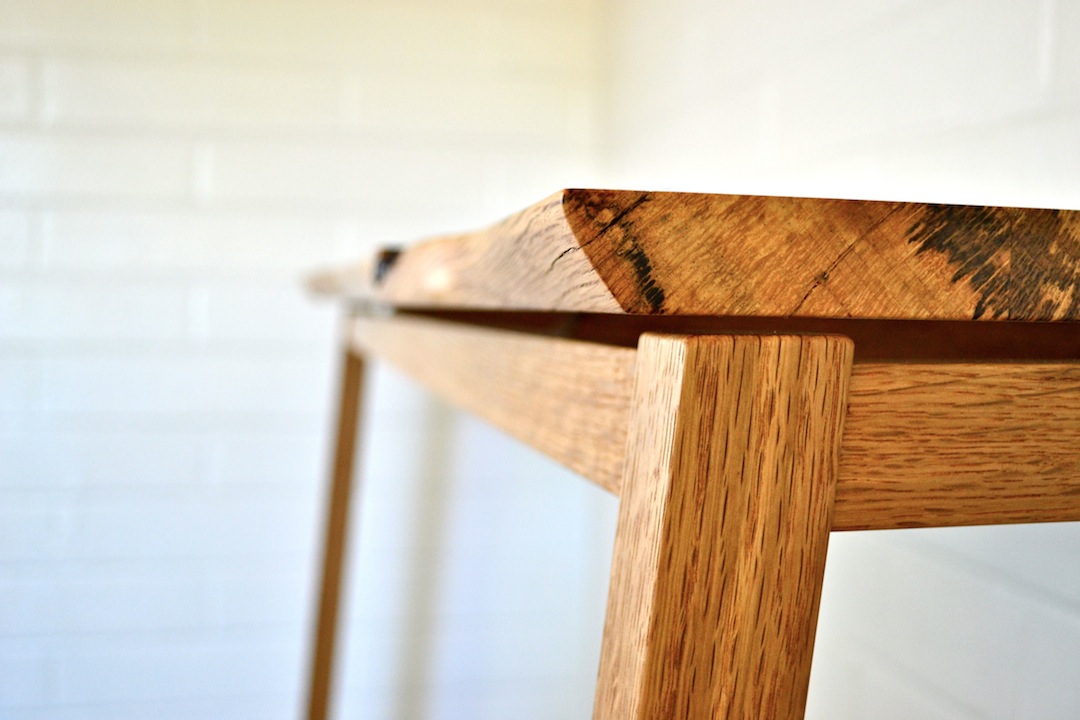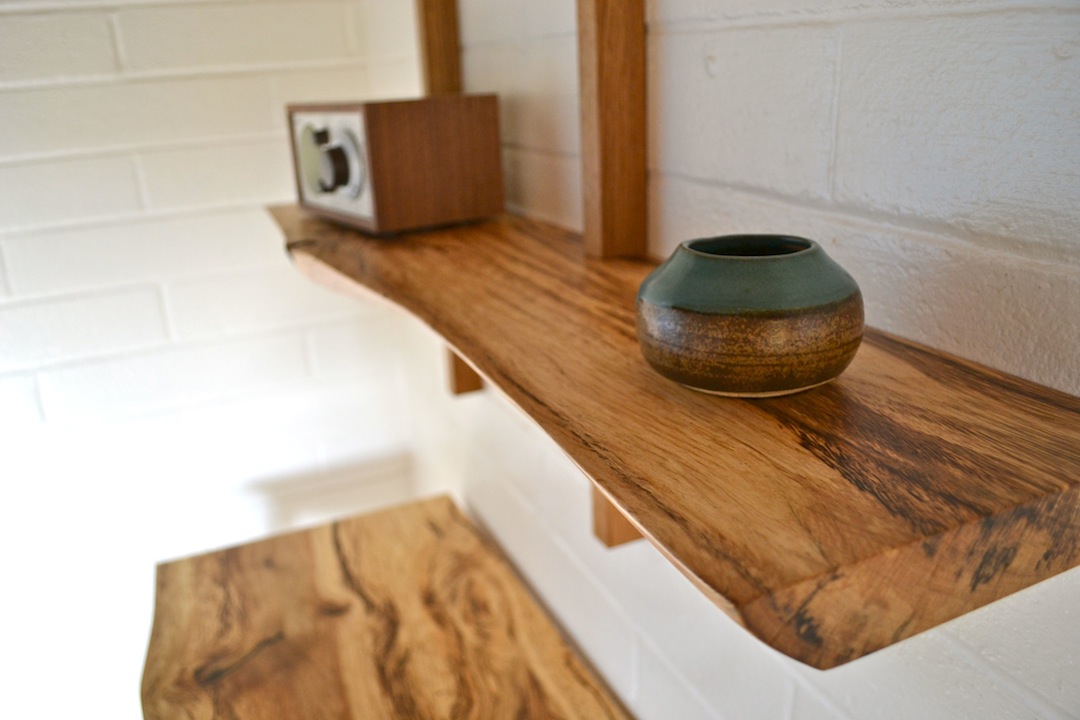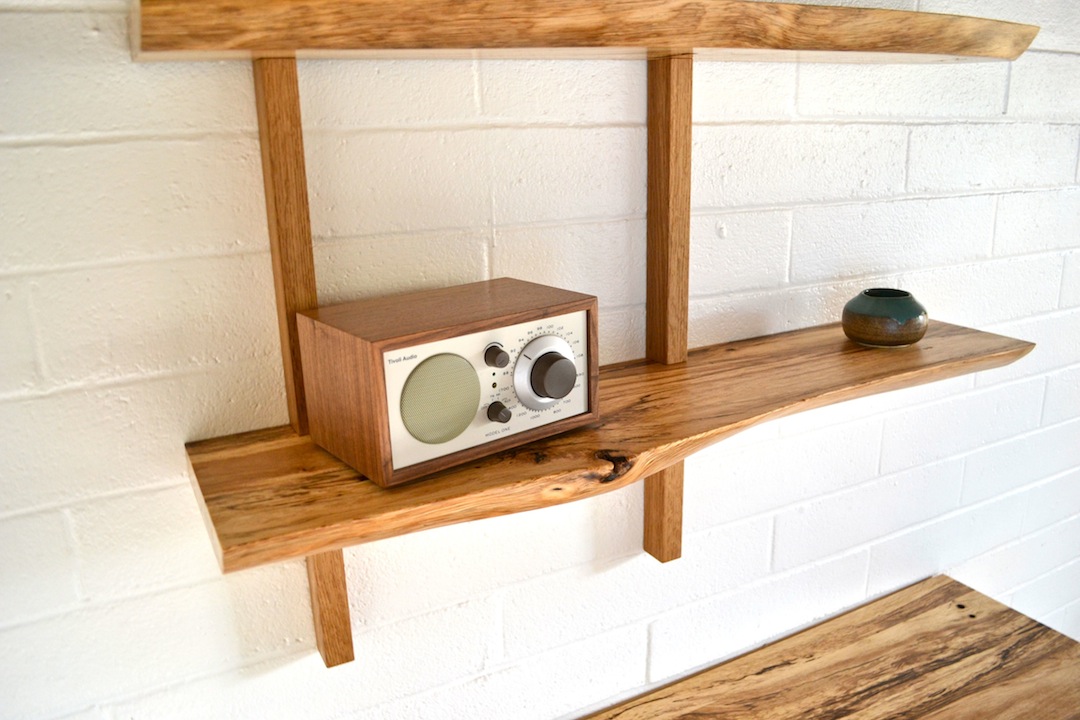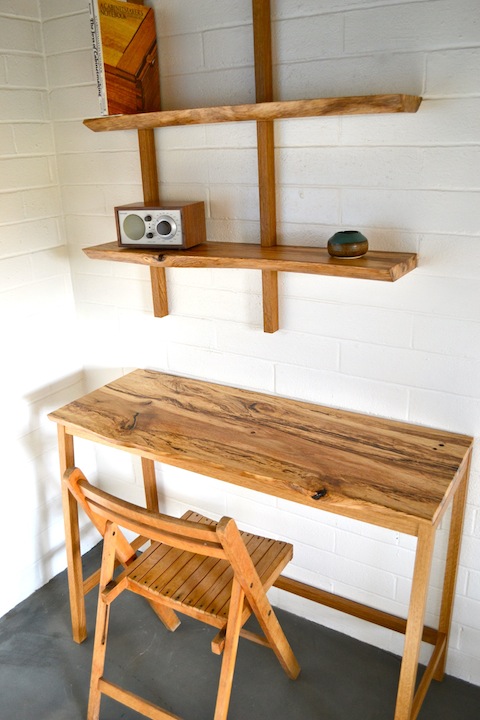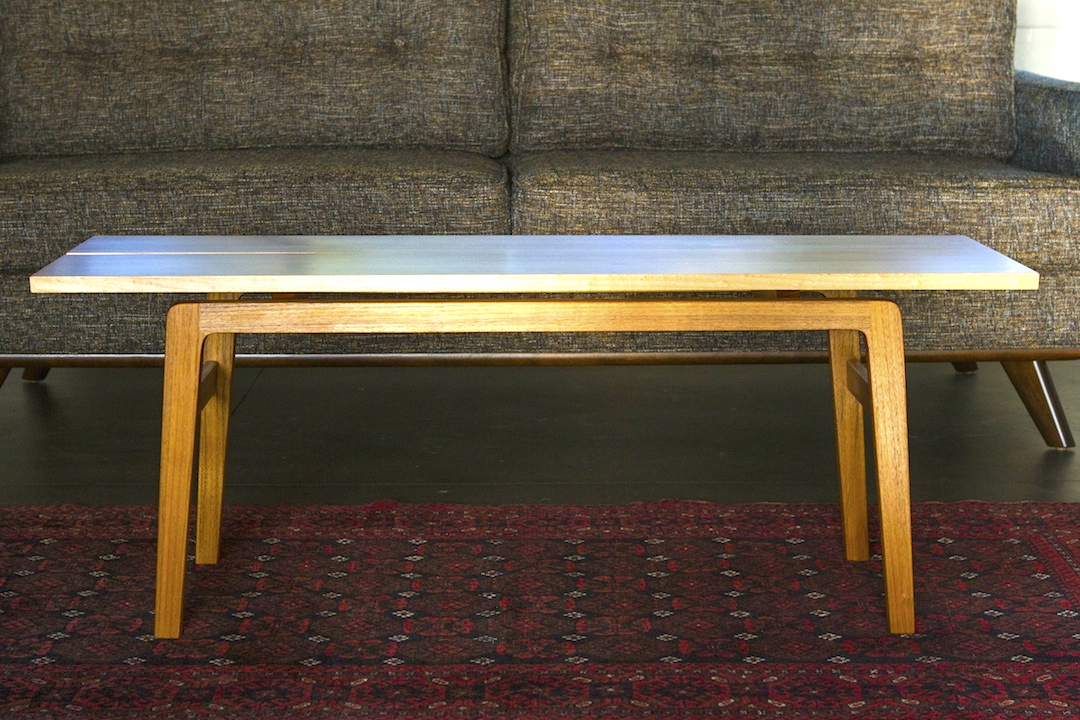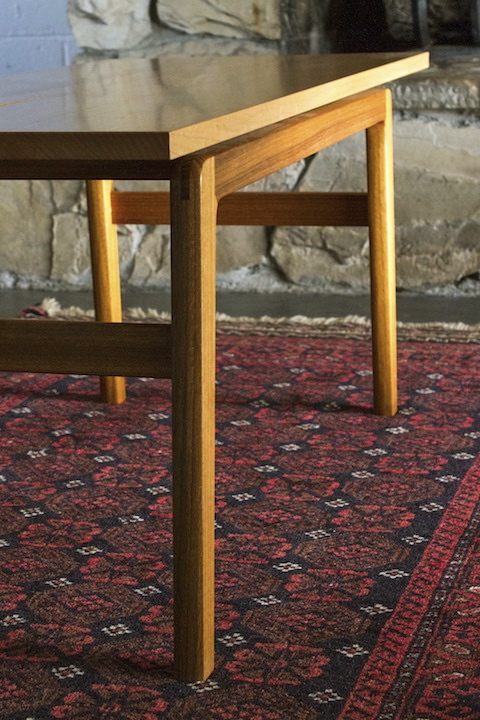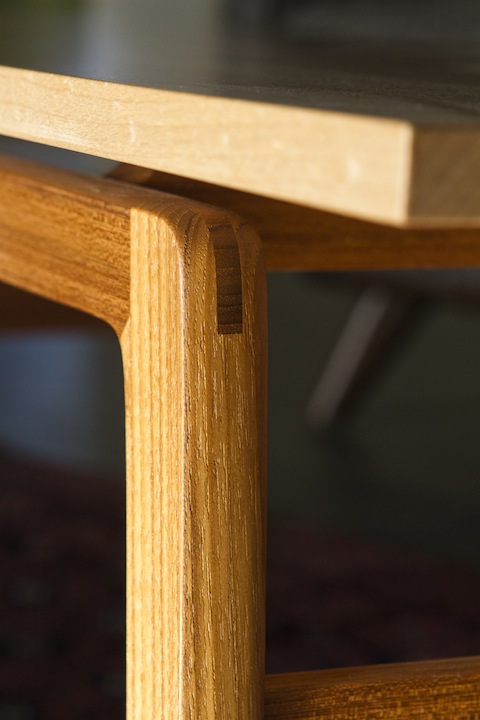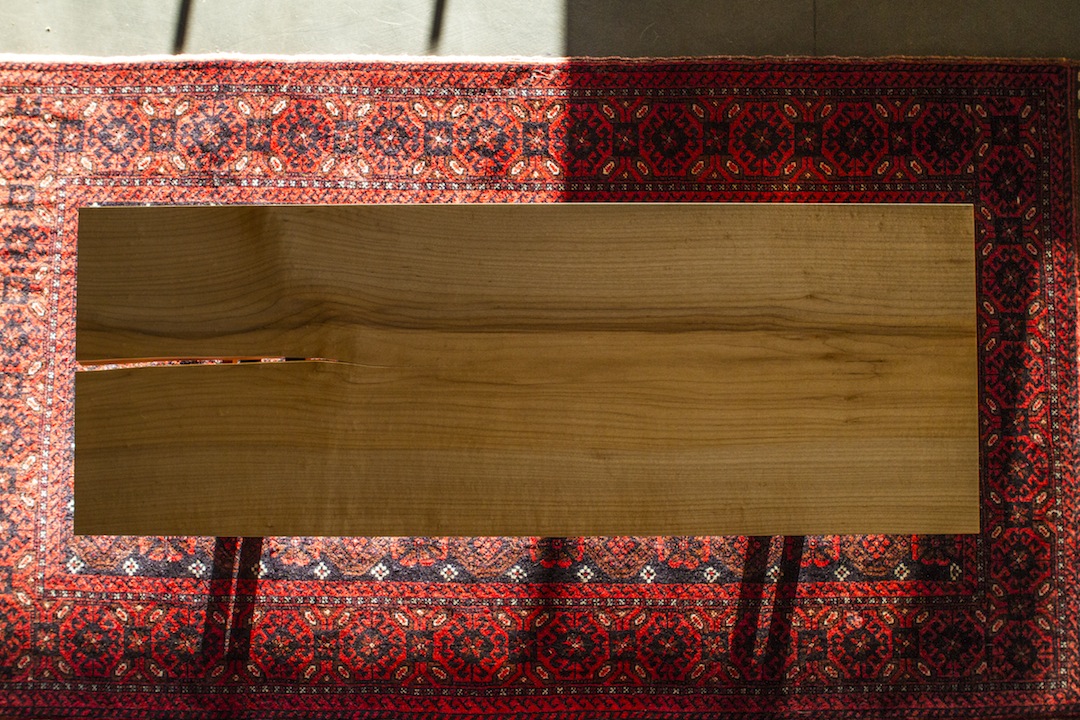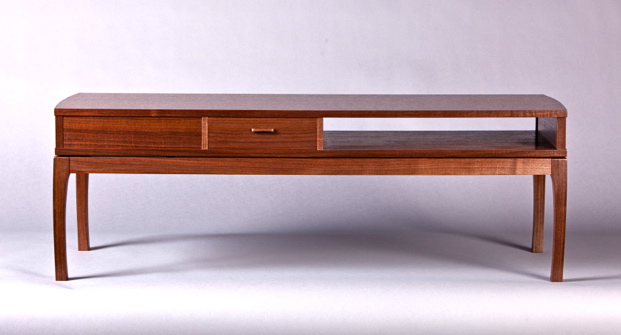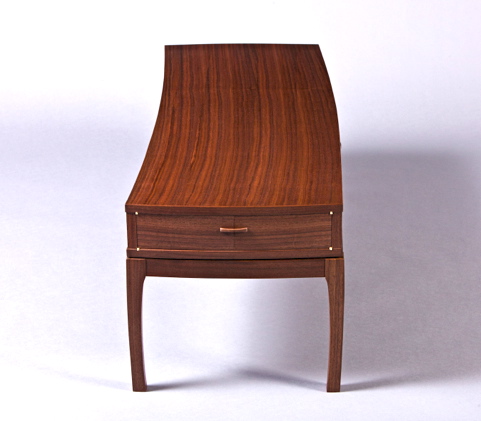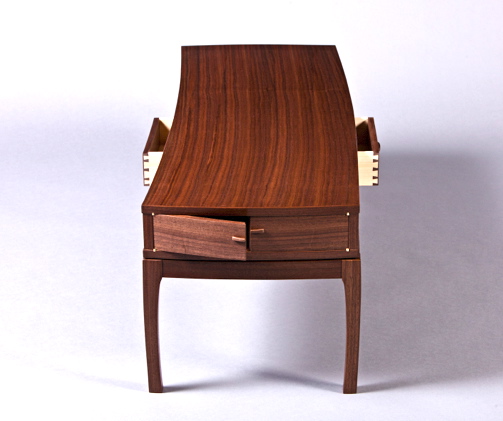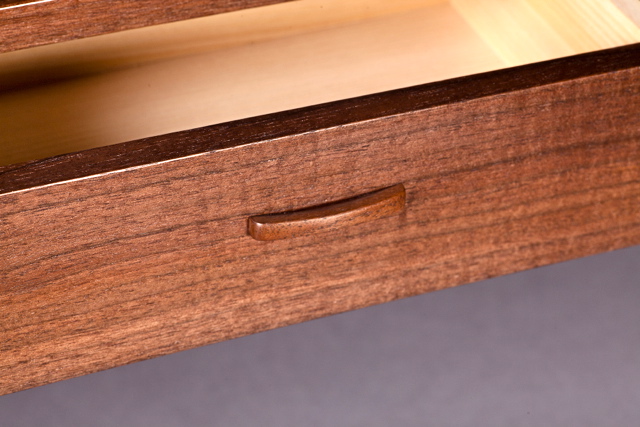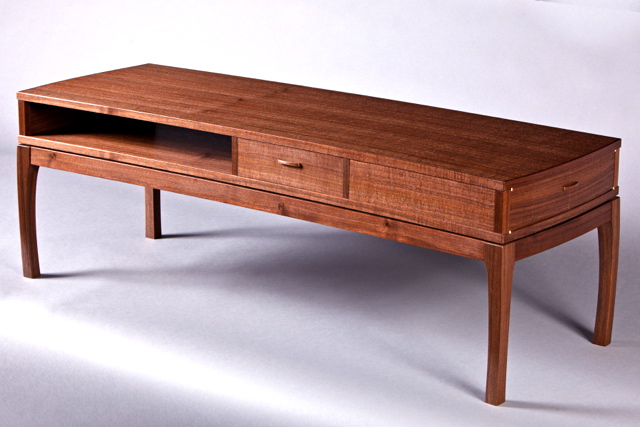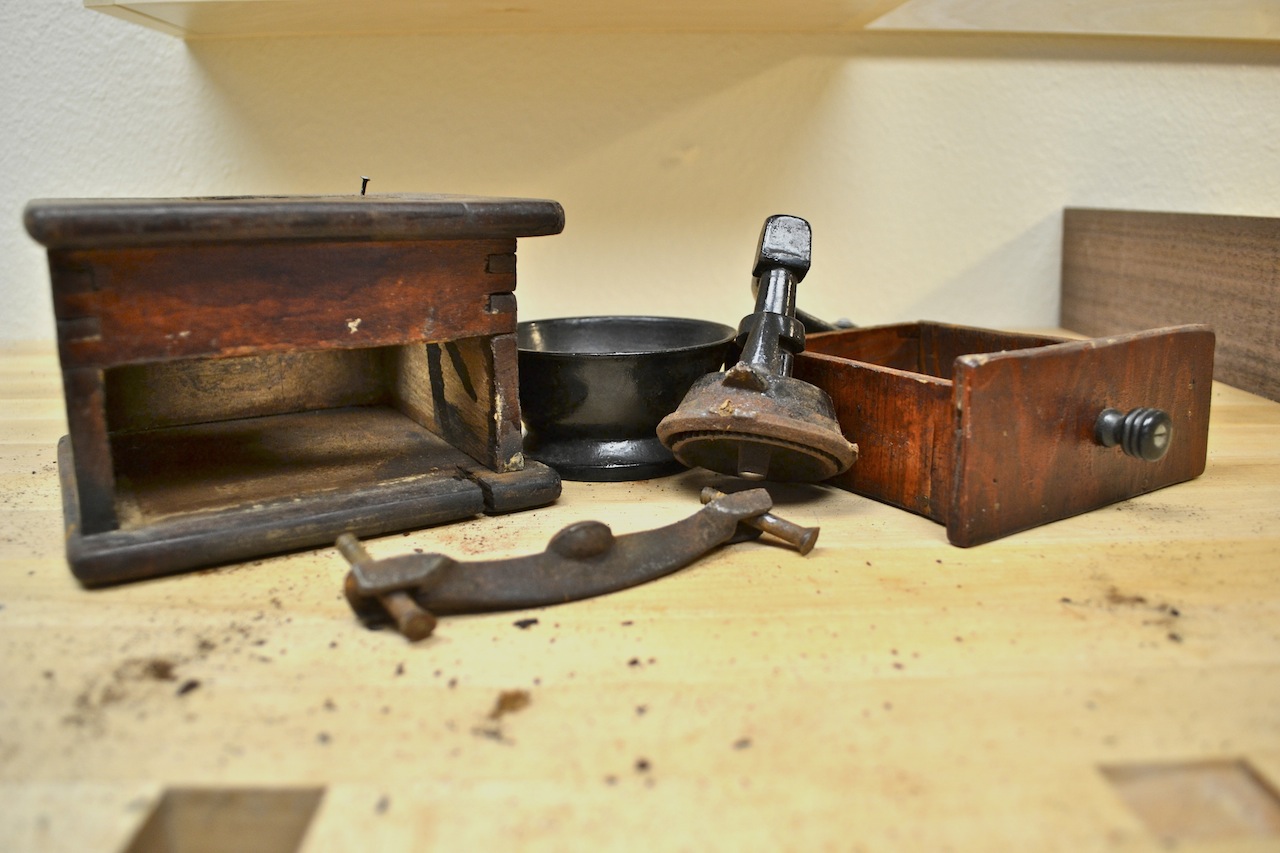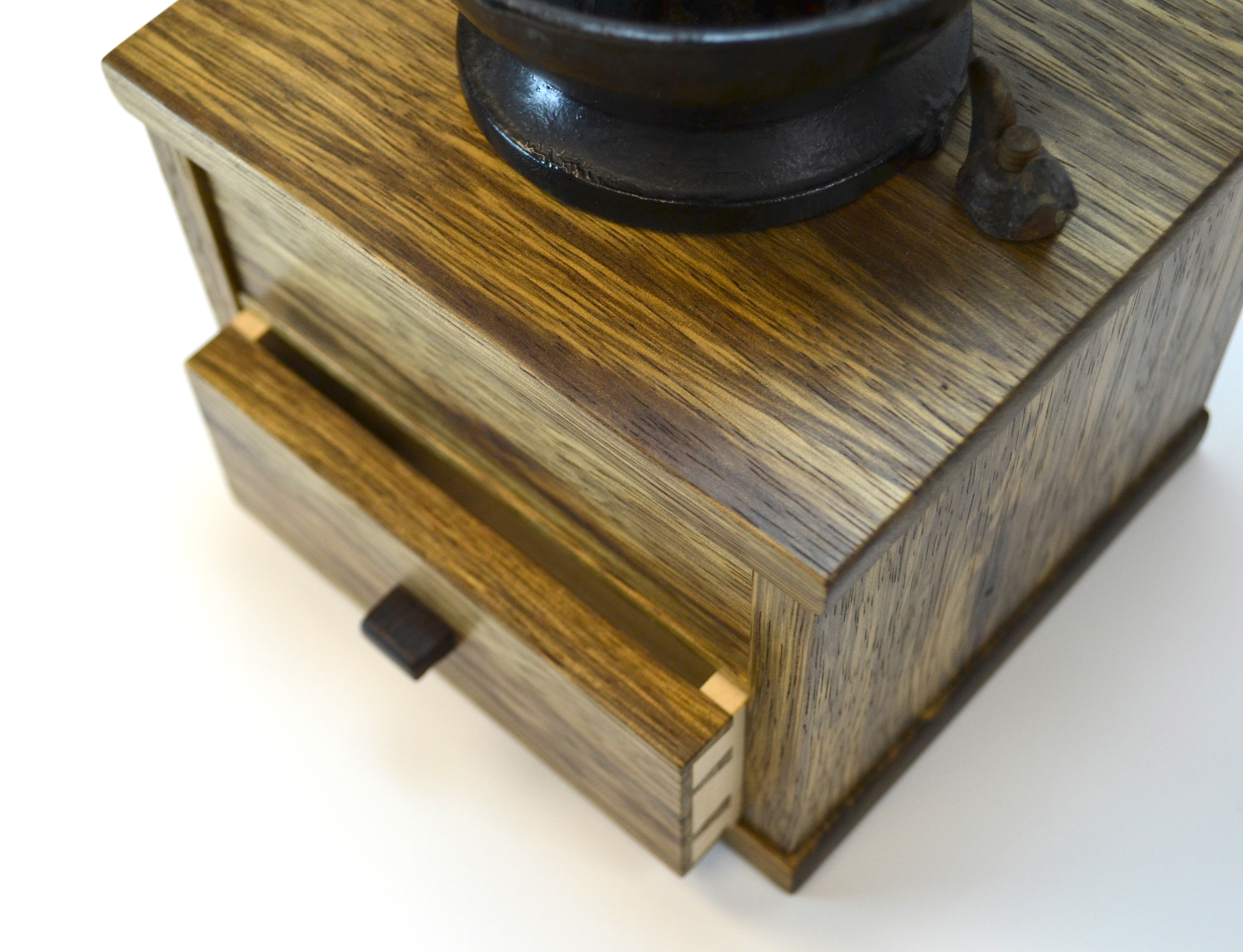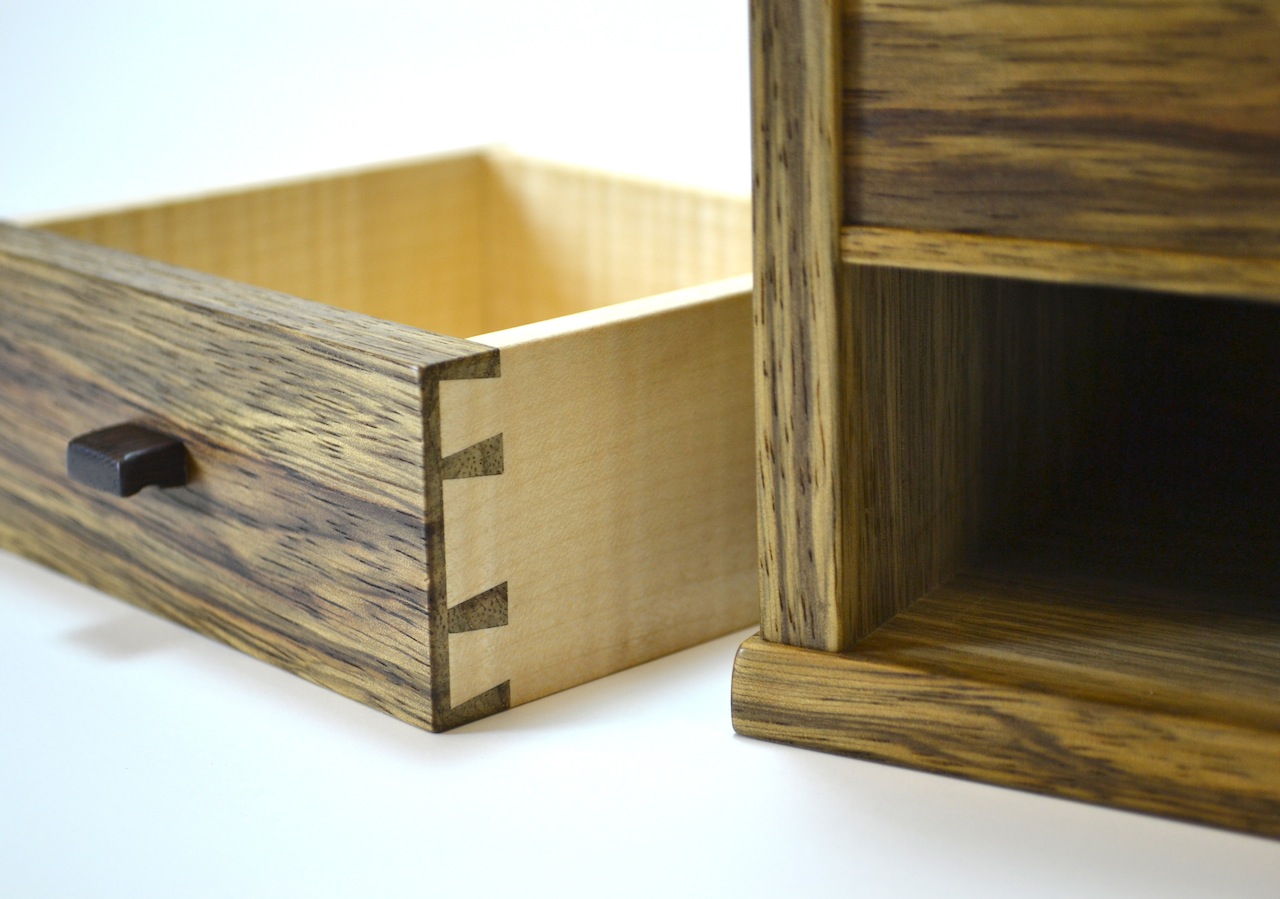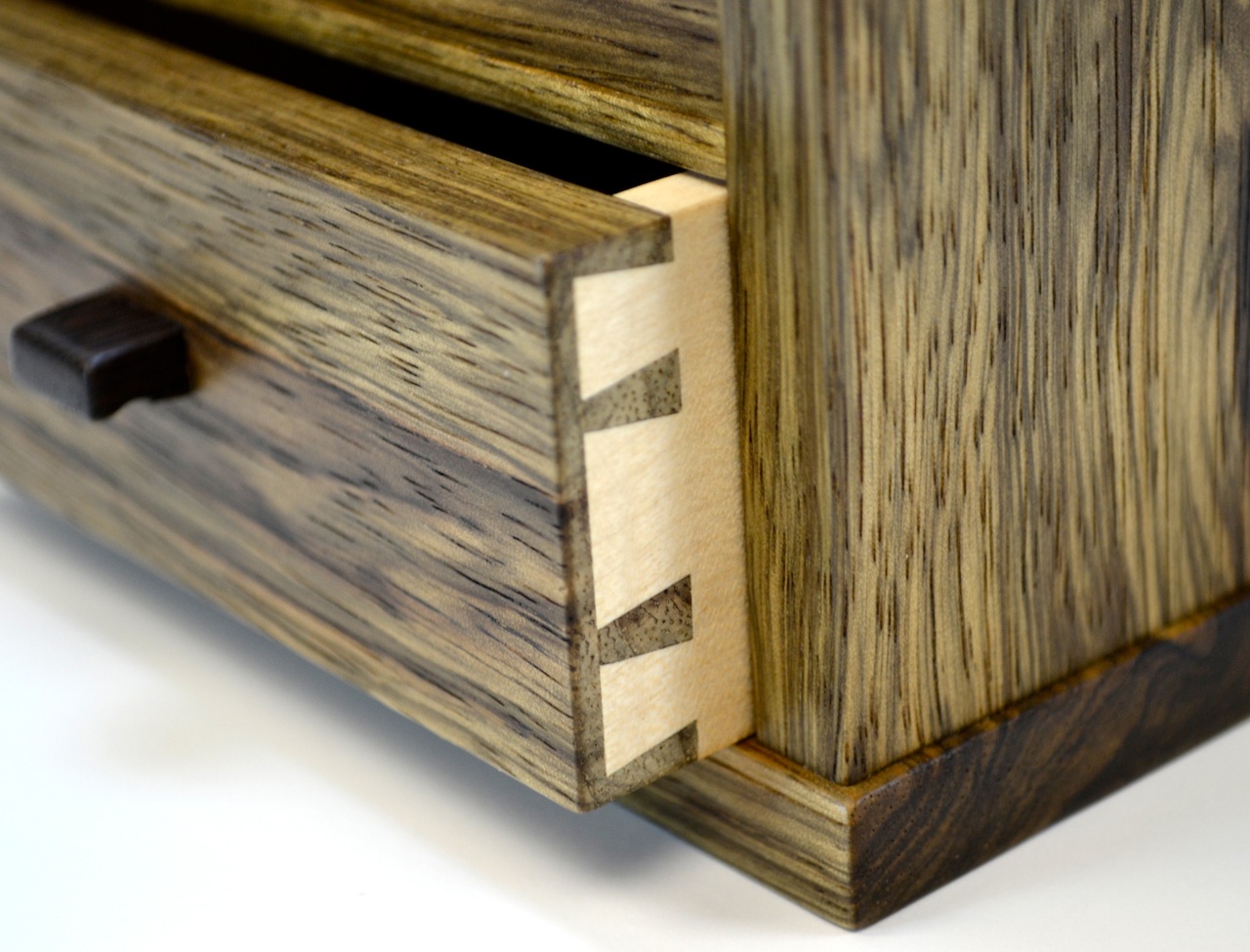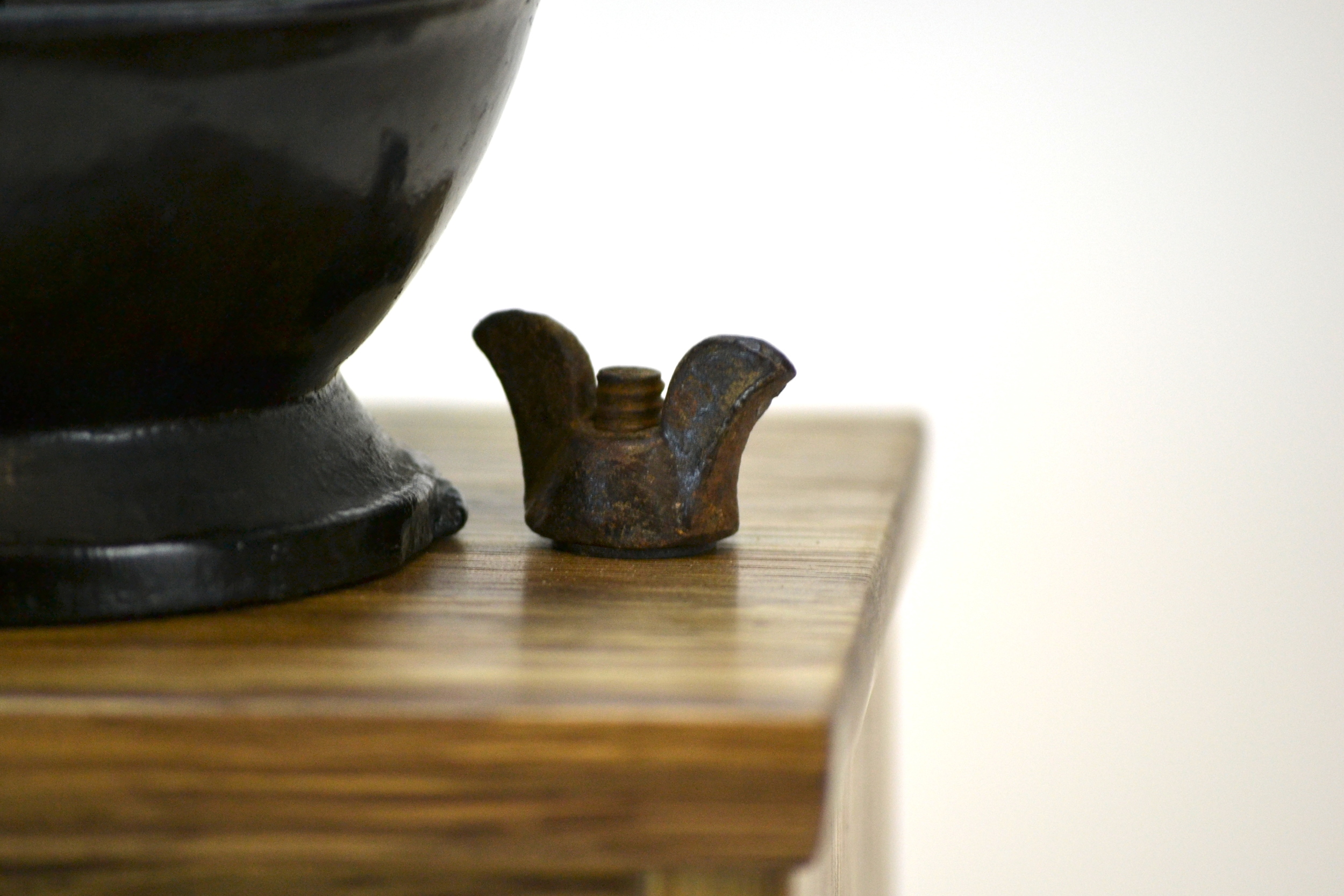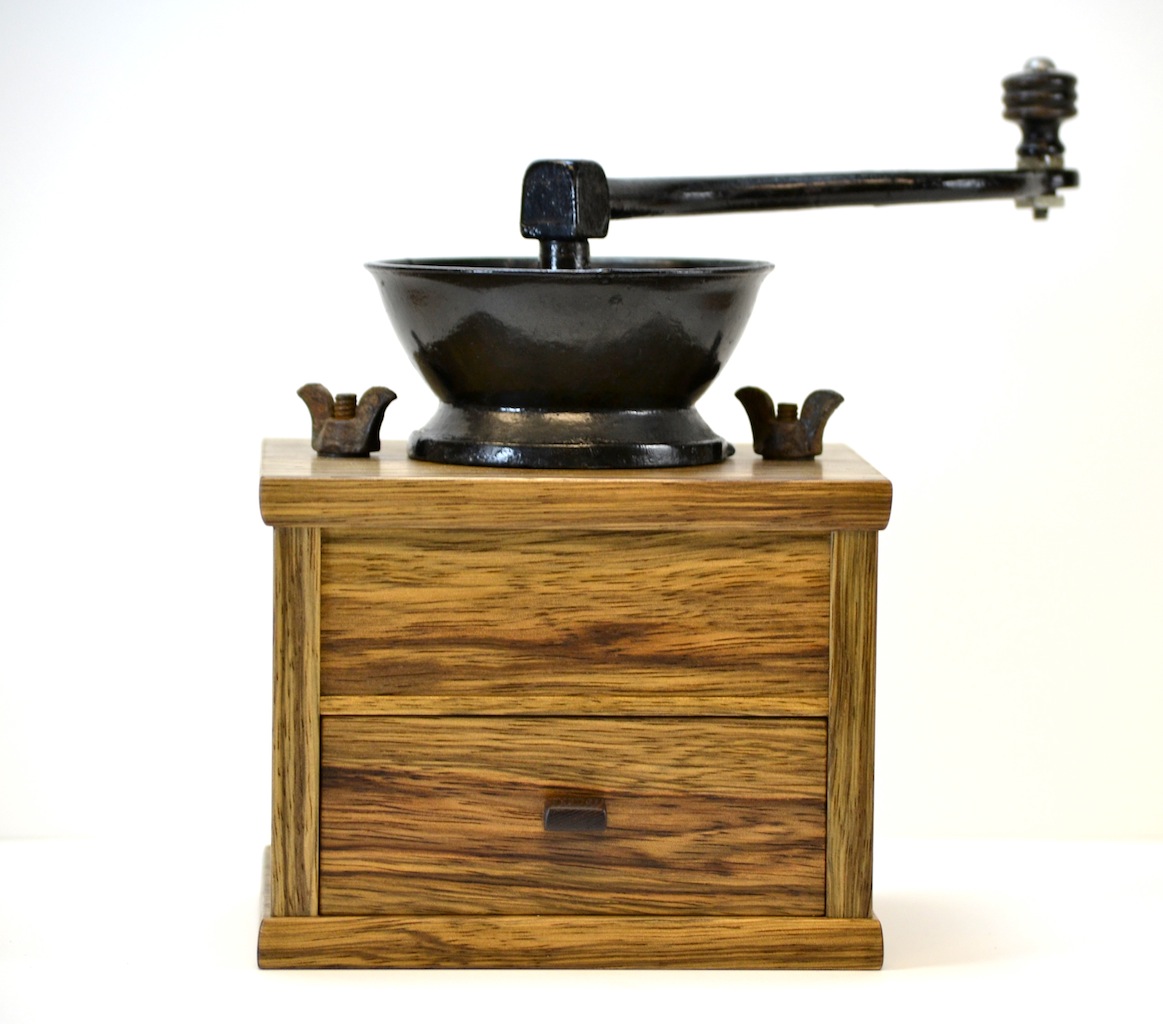Welcome
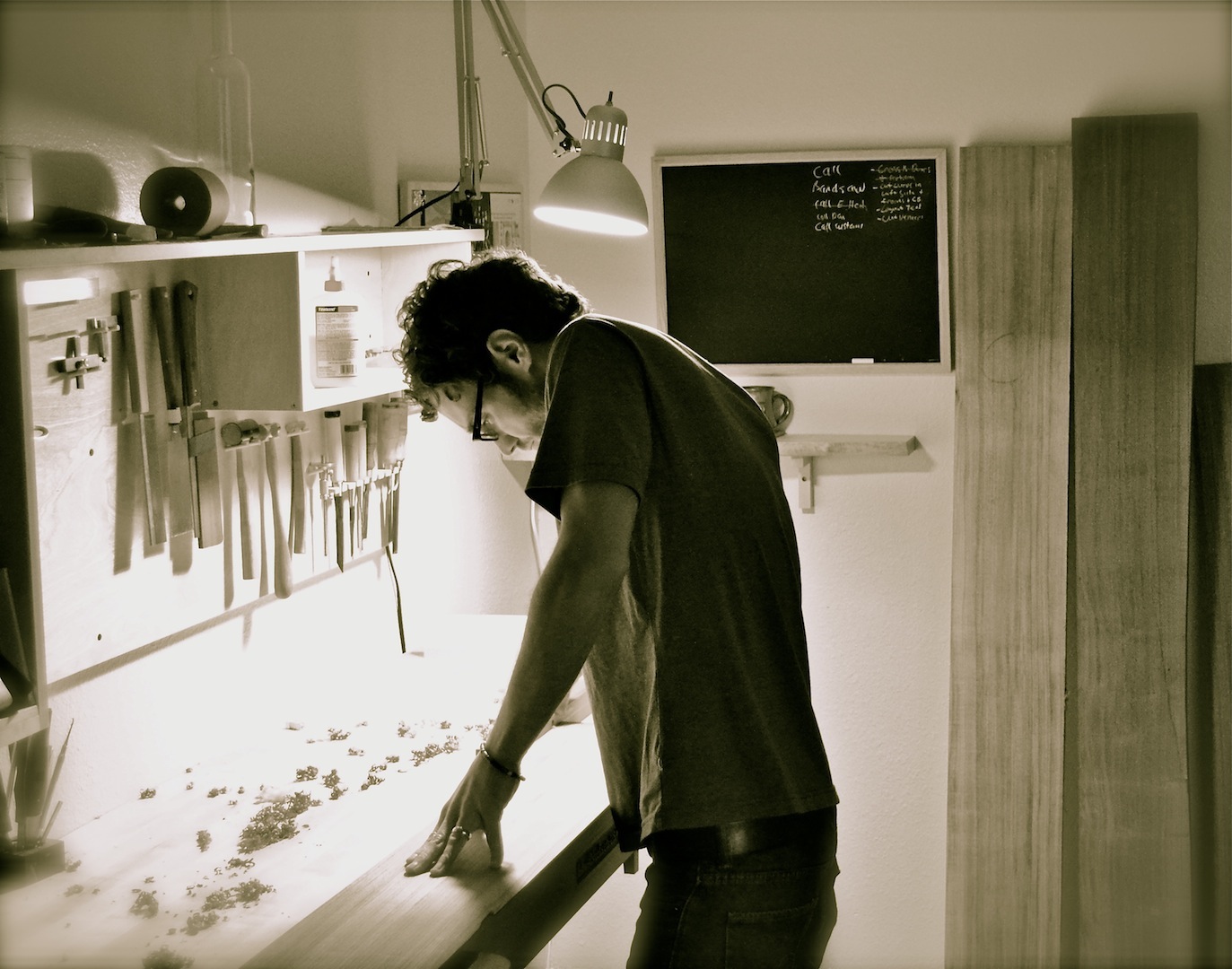
Thanks for joining me in this first post to a new blog, a new business, and next phase of life for my family and I. We are very grateful for my position, being able to transition into a new shop and begin to see a dream come into reality, and enjoying the process of not being where my imagination is. Even the new and exciting does come with its fair share of challenges, as we are still getting settled in our new city, and technically we don't even have a city yet. Part of this decision to move here came with the gift a being able to live with a family that opened its doors to allow us the opportunity to get on our feet...and that is working, I feel a place of our own is in the near future.
Onto the work....after spending the first month getting things into place in the shop, I finally felt comfortable starting a new project, I began thinking about a coffee table idea that had been floating around in my head for a while. No fancy drawings, no graph paper or even measurements. I don't work well that way. Just a basic sketch, a little time spent mocking it up...usually out of cardboard or poplar just to dial in proportions, then start the build. When I don't go in with a certain agenda I can let the build evolve, letting the wood or piece just speak for itself.
The coffee table idea is the sketch that I put as the header for this blog, which has changed a little, due to the material. I was blessed with a slab of walnut that had perfect clean grain and a slight curve...it would fit perfect for my design, I like that, when the grain helps decide the shape. I was fortunate to be able to help mill this log up, when we lifted the first piece off, we were able to see the grain, I knew it would work perfect. Up to that point, I was reluctantly going to put this idea on hold, waiting to find that perfect piece of wood for the project. I didn't have too and I am now about half way through the build. I really enjoy working with walnut, it hand planes beautifully and doesn't abuse my tools, leaving a blade edge sharp, for multiple finish passes.
This coffee table is shop sawn veneer construction with shop made substrate, a solid walnut base, and brass hardware. Two curved front drawers with hand cut dovetails. It has been a challenging build so far, having subtle curves on all sides has proven time consuming. Also, it is taking many hours from my sleep, when I wake up in the middle of the night my mind drifts immediately to the build. In school they used to say "curves triple the time for the build", that is true.
I'll leave you with a before pic of the Walnut log that slowly turning into a coffee table...
